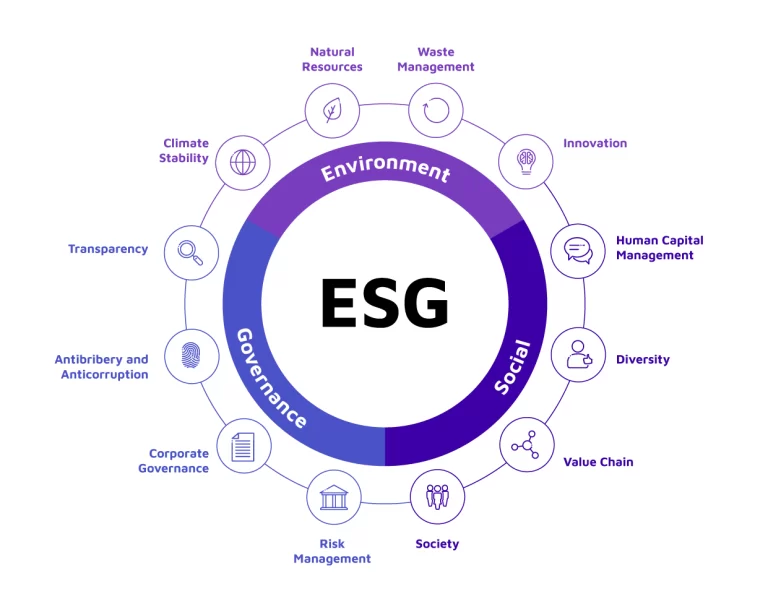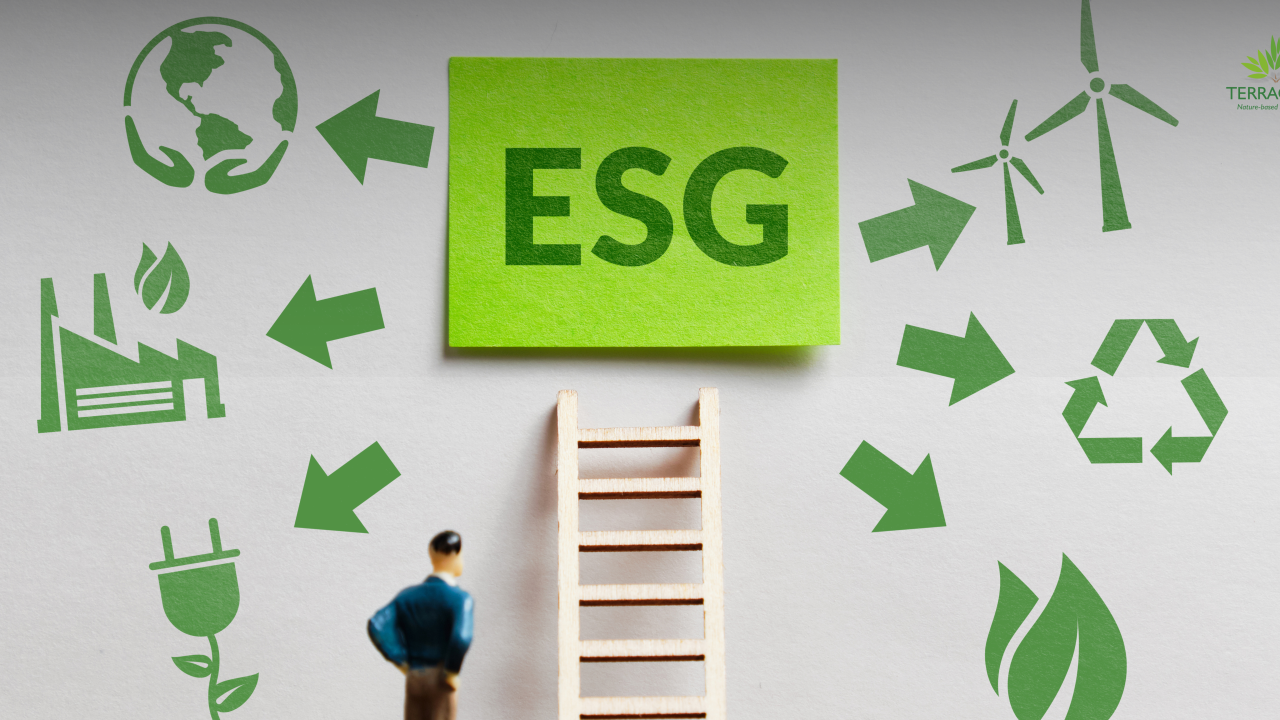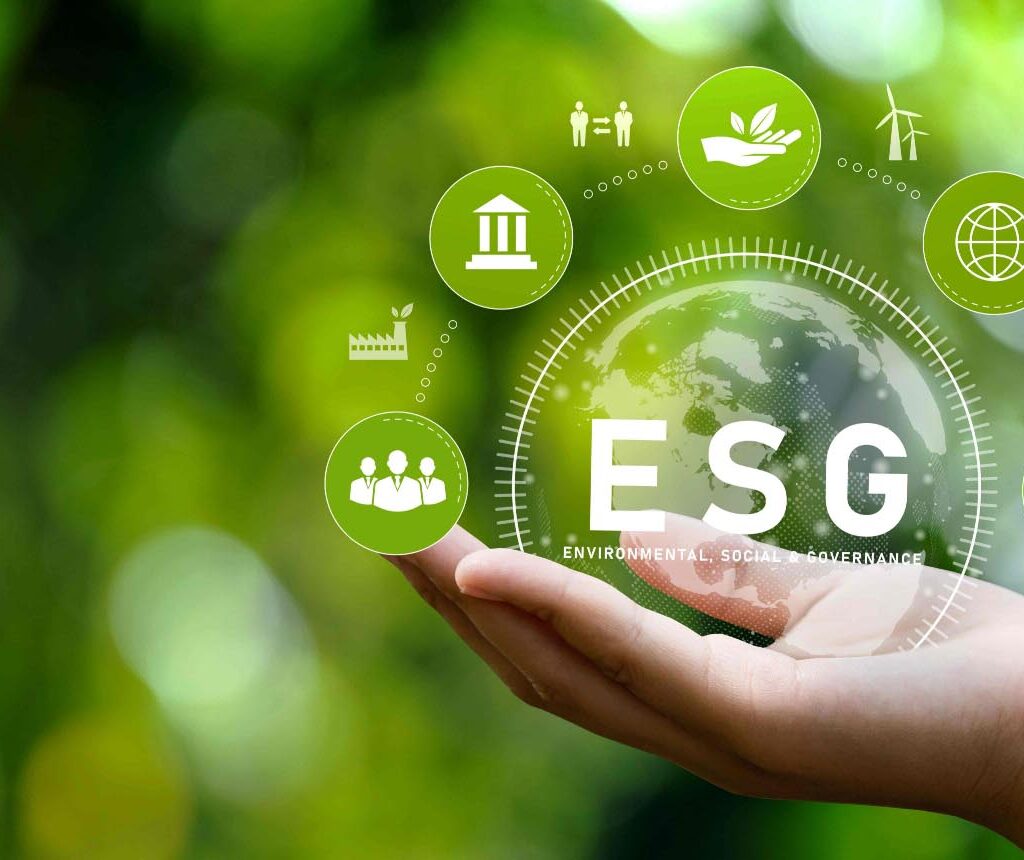Understanding ESG Frameworks: India and the Global Landscape
Environmental, Social, and Governance (ESG) frameworks have become essential tools for companies to assess their sustainability performance and align with investor expectations, regulatory requirements, and societal values. As ESG gains momentum globally, various frameworks have emerged to provide guidance, standardization, and accountability in reporting. Understanding these frameworks is crucial for any organization committed to responsible and transparent business practices.
ESG Frameworks in India
India’s regulatory and business ecosystem has started taking ESG seriously, driven by the need for sustainable growth, investor demand, and policy mandates. Key frameworks and initiatives in India include:
1. Business Responsibility and Sustainability Report (BRSR):
Introduced by SEBI (Securities and Exchange Board of India), BRSR is now mandatory for the top 1000 listed companies by market capitalization. It replaced the earlier Business Responsibility Report (BRR) and aims to promote standardized ESG disclosures. The BRSR aligns with global frameworks and encourages companies to report on areas like energy consumption, emissions, community impact, diversity, and ethical governance.
2. National Guidelines on Responsible Business Conduct (NGRBC):
Published by the Ministry of Corporate Affairs, these guidelines outline nine principles of responsible business conduct, including respect for human rights, environmental stewardship, and ethical governance. The BRSR format is based on these principles.
3. Reserve Bank of India (RBI) Initiatives:


The RBI has encouraged banks and financial institutions to integrate ESG considerations into their risk assessments and investment decisions, especially in the context of climate change and sustainable finance.
4. India’s Green Taxonomy (Upcoming):
The Indian government is in the process of developing a national green taxonomy to define sustainable economic activities, similar to the EU taxonomy. This will guide investors and companies on what qualifies as “green” under Indian law.
Global ESG Frameworks
Globally, there are several widely accepted ESG frameworks, each with its own focus, structure, and reporting methodology:
1. Global Reporting Initiative (GRI):
GRI is one of the most commonly used sustainability reporting standards in the world. It focuses on the economic, environmental, and social impacts of an organization and encourages transparency and stakeholder inclusivity.
2. Sustainability Accounting Standards Board (SASB):
SASB provides industry-specific standards that help businesses disclose financially material sustainability information to investors. It is particularly useful for companies aiming to integrate ESG into financial reporting.
3. Task Force on Climate-related Financial Disclosures (TCFD):
TCFD focuses on climate-related risks and opportunities. It encourages companies to disclose how climate change affects their strategy, governance, risk management, and financial performance.
4. CDP (Carbon Disclosure Project):
CDP collects data from companies on climate change, water usage, and deforestation, which is used by investors and stakeholders to assess environmental performance.
5. International Sustainability Standards Board (ISSB):
Recently launched by the IFRS Foundation, the ISSB aims to develop a global baseline for sustainability disclosures, integrating financial and ESG data for a cohesive reporting standard.
Conclusion
In today’s interconnected world, ESG frameworks serve as critical tools for building trust, attracting investment, and driving responsible growth. For Indian companies, aligning with both local mandates like BRSR and global standards like GRI or TCFD is key to staying competitive and future-ready.
As sustainability becomes a global business imperative, companies must embrace these frameworks not just as compliance tools—but as catalysts for meaningful change.


